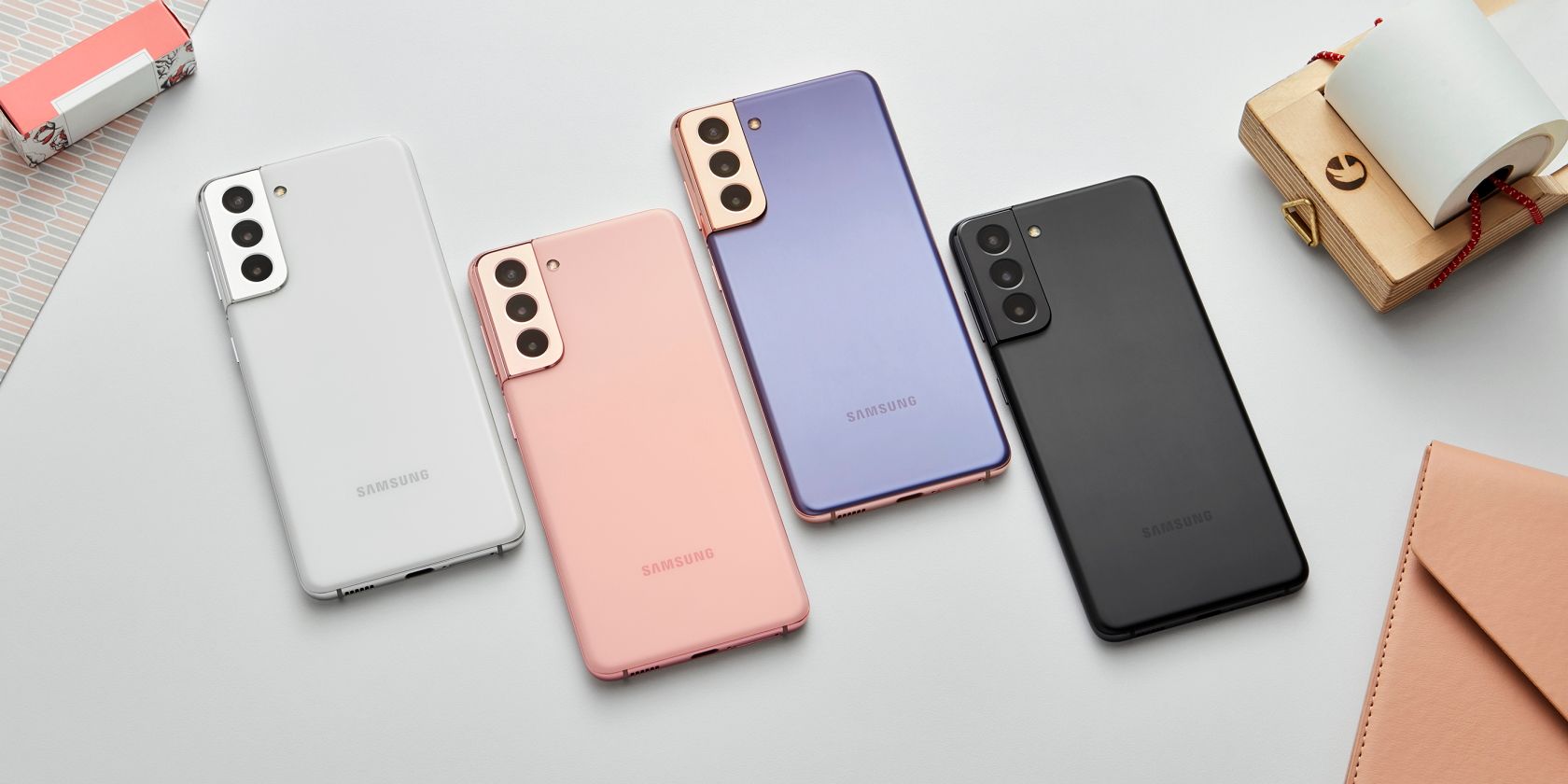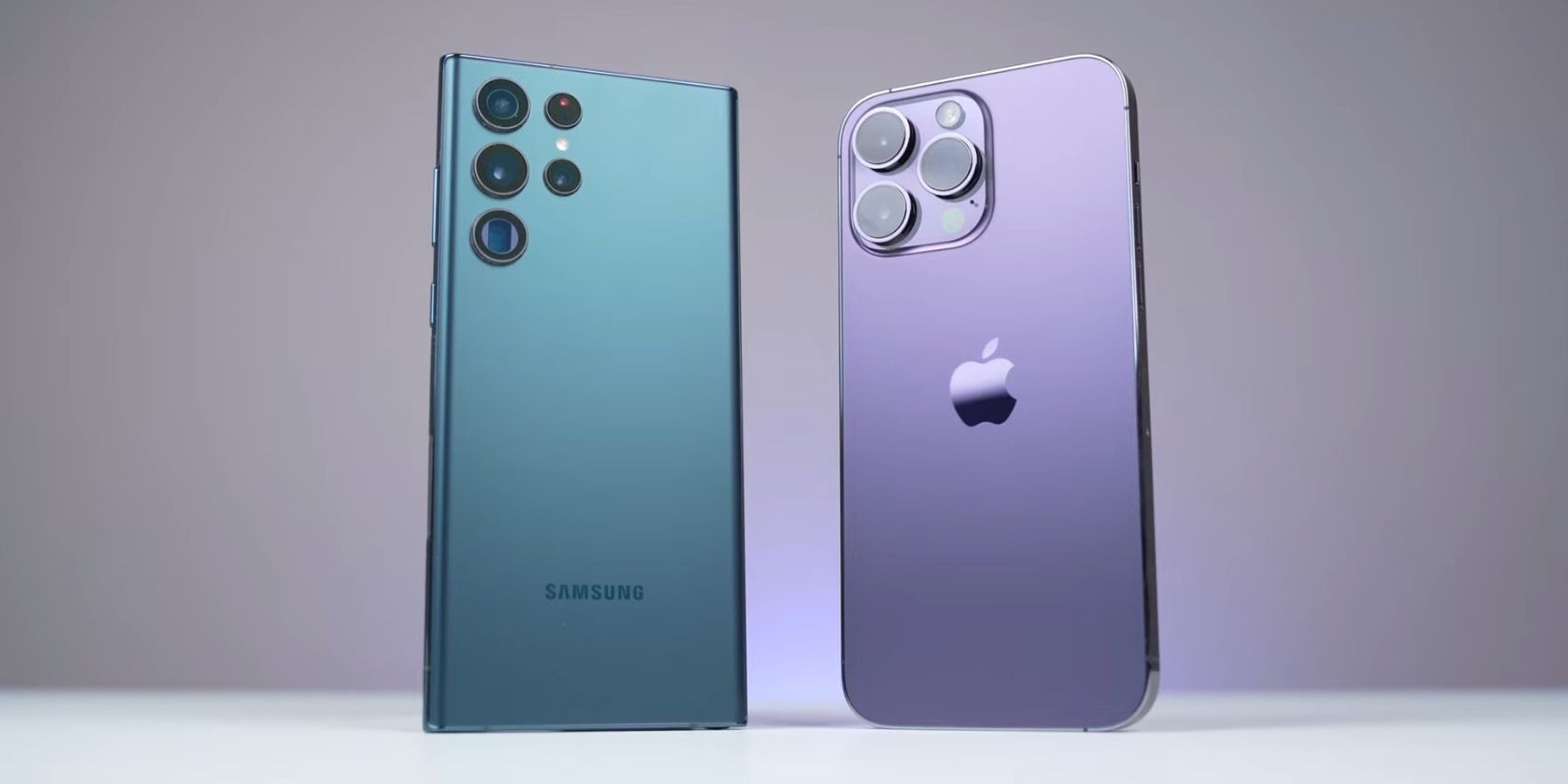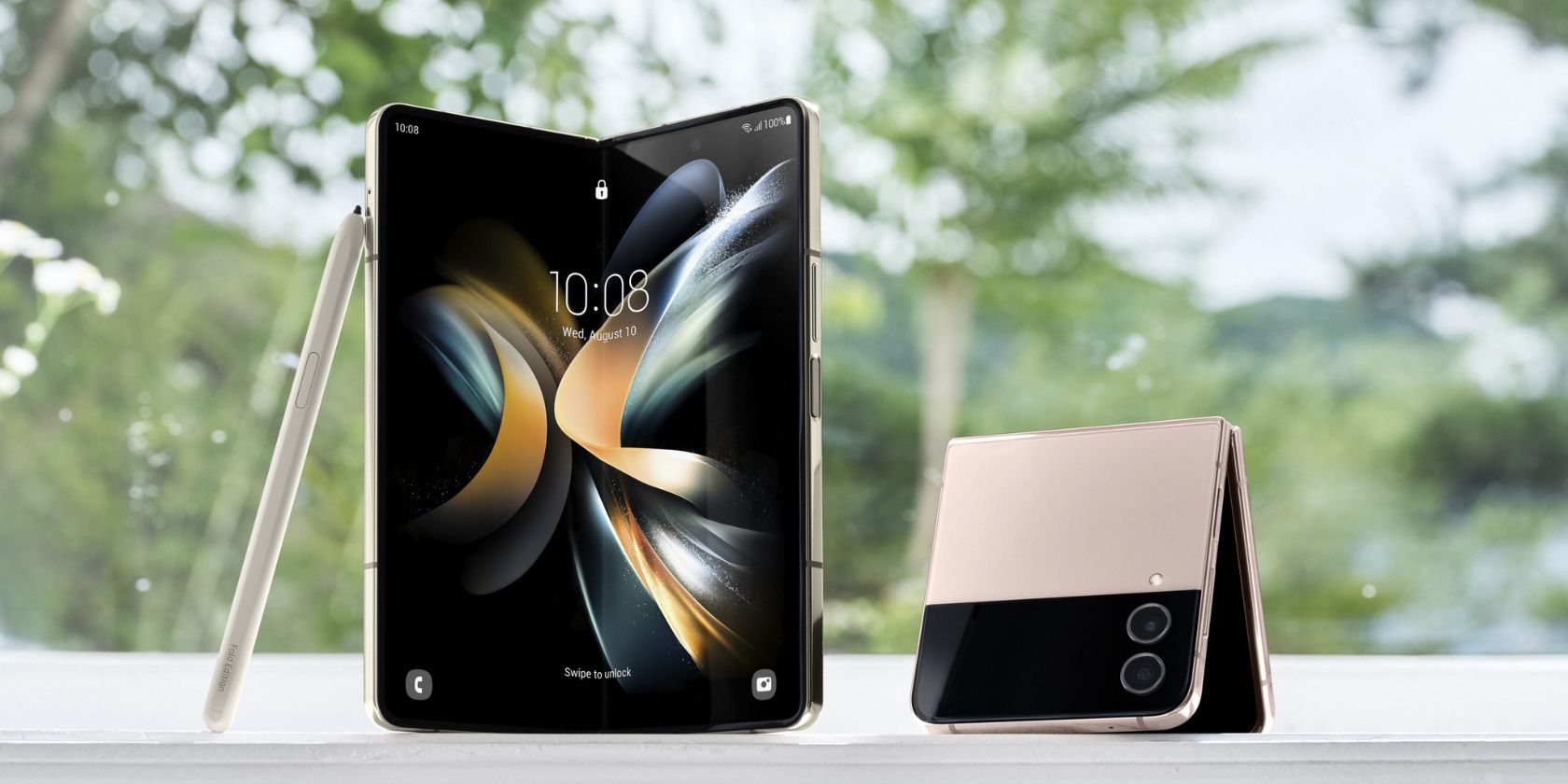It's easy to forget how far smartphones have come; from the first iPhone in 2007 and the birth of Android in 2008, we've seen rapid technological growth unfold before our eyes.At the same time, many people feel that smartphones have become boring in the last few years and aren't improving as fast as they once used to. So, let's talk about it. Have smartphones reached their peak, or is something extraordinary coming our way?
4 Signs Smartphones Have Peaked
1. Smartphones Look the Same Now
Modern smartphones look almost identical from the front because they've evolved to best fit their function, showing the most content while taking the least amount of room. The Dynamic Island on the iPhone 14 Pro is unique, but under-display camera tech will eventually make all smartphone fronts look the same.
Luckily, things are much more exciting at the back. Put a Google Pixel, a Samsung Galaxy, an iPhone, and a Xiaomi flagship phone face down next to each other, and it'll become clear how each brand is trying to build a unique identity for their phones.
2. Benchmark Scores Don't Matter Anymore
Although apps like AnTuTu and Geekbench are good indicators of how powerful a phone is, benchmark scores are irrelevant now for the vast majority of regular users. After a certain point (about 700,000 points on AnTuTu), the scores start to lose meaning.
In fact, the iPhone 14 uses the same chip as iPhone 13, the A15 Bionic.
Another reason to disregard benchmark scores is that they're not always an accurate representation of the phone's real-world performance. Some manufacturers set their devices to detect if a benchmark app is running to make it avoid throttling and inflate its performance, showing you an exaggerated score.
3. You Only Get Small Yearly Upgrades
Earlier, each new generation of smartphones introduced something that would become mainstream. For example, smartphones first got a rear camera and Bluetooth in 2002, a selfie camera and 3G in 2003, Wi-Fi in 2004, headphone jacks in 2005, and touch screens in 2006.
They also got fingerprint sensors in 2007, 4G and AMOLED screens in 2008, HD video in 2009, FHD video in 2010, HD display in 2011, wireless charging and FHD display in 2012, QHD display and 4K video in 2013, USB-C ports in 2015, and 5G in 2019.
As time passes, new revolutionary features become few and far between.
4. Flagships Aren't That Special Anymore
Many features previously exclusive to flagships are now easily available on cheaper phones, such as 4K video, wireless charging, in-display fingerprint scanner, and more. Companies come up with all sorts of overhyped features in flagships to try to upsell buyers.
That's why we recommend you pick Galaxy A over Galaxy S phones if you're a Samsung fan. Sadly, for Apple users, the budget iPhone SE series retains an outdated design, poor battery life, and a single rear camera and is not recommendable.
4 Signs Smartphones Haven't Peaked
1. The Rise of Flexible Smartphones
Perhaps the most interesting thing in the tech industry right now is the rise of foldable phones, as Samsung continues to push its Galaxy Z series phones. As foldables continue to improve, their adoption will increase, and prices will drop.
What's more interesting is that foldables are just one type of flexible phone. Many enthusiasts and creators believe that rollable phones will outdo foldable phones eventually as they don't require a cover screen, don't leave a crease, and are expected to be thinner.
2. Increased R&D in New Battery Tech
Even if you don't care about foldabes, you most certainly care about battery life. We've made great progress in charging speeds, but we've not yet been able to develop new battery tech that outperforms traditional lithium-ion batteries.
Luckily, every major tech company in the world is working to find the next big thing in battery technology, with several promising candidate materials already in testing.
Once available, these new battery technologies will help us enter the next generation of smart gadgets. Imagine being able to use your phone for a week on a single charge, not having to buy power banks, and not worrying whether you forget to charge your earbuds.
3. Rapid Growth in Computational Photography
Not too long ago, smartphone photography depended entirely on camera hardware. The bigger the sensor, the better the images. But although hardware is still very important, it's software that does most of the magic in modern smartphones after you snap the shot.
If you've seen a smartphone launch event recently, you know that every company mentions how computational photography improves your shots. And we all have Google to thank for this revolution as it pioneered and mainstreamed the concept with its Pixel phones.
While hardware takes time to perfect, software evolves much faster.
4. The Rise of Next-Gen Mobile Games
We've already written at length about why mobile gaming is the future. Despite the mobile gaming industry being super competitive and volatile, many game developers seem keen to join it simply because it has more potential than the mature console gaming industry.
After all, everyone owns a phone, but not everyone owns a console. As smartphones become more powerful, they'll soon be able to support games with console-level graphics. Pair that with new battery tech, and you can easily warrant the rise of next-gen mobile games.
Smartphones Will Continue to Evolve
We know we're a bit biased as enthusiasts and are hence more optimistic about the industry's future, but saying that tech companies aren't innovating anymore is just incorrect. Granted, we don't see as many new crazy form factors as before, but that's because the one that we do have has proven to be the most helpful—and that's ultimately what tech is about.
Experimental technologies are fun to witness, but translating them into a reliable product that seamlessly blends into your lifestyle takes the kind of work that should not go unrecognized.



